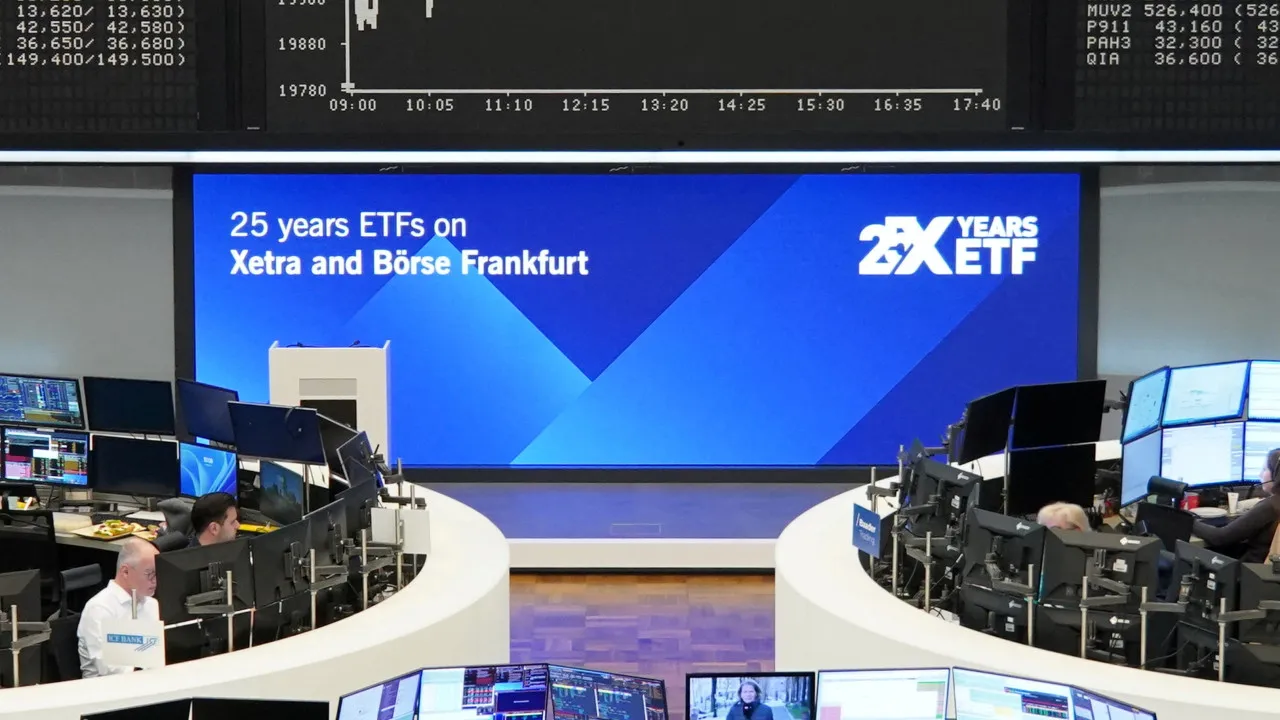
The official inauguration is scheduled for Friday at 6:30 PM. On Saturday, the day of the public opening, a special program featuring free entry, outdoor performances of Teatro Dom Roberto, family workshops, and visits to the new exhibition will be available, as announced by the Empresa de Gestão de Equipamentos e Animação Cultural (EGEAC – Lisboa Cultura).
The new exhibition circuit, “which enhances the presence of puppetry in Portugal, includes new acquisitions, donations, and long-term loans,” the statement continues, noting that “the centennial Bonecos de Santo Aleixo and the Retábulo de Dom Quixote are among the additions to the exhibition.”
During the six months the museum was closed, “there was extensive conservation and restoration work on more than 150 pieces, as well as various interventions in the museum’s space,” EGEAC – Lisboa Cultura reported about the museum located in the former Convent of Bernardas, on Rua da Esperança.
Contacted by Lusa for more details on the renovation, new circuit, acquisitions, and donations, the municipal company postponed responses until after the inauguration.
According to the program available on the museum’s website, on Saturday starting at 10:30 AM, workshops will be held for creating puppets inspired by the world of traditional Portuguese theater Dom Roberto, and guided tours led by director Ana Paula Correia will be available until 3:00 PM.
The schedule also includes Teatro Dom Roberto performances between 11:30 AM and 4:00 PM, featuring two special sessions in the museum’s cloister by puppeteers Fernando Cunha and Nuno Pinto to mark the fourth anniversary of this art’s inclusion in the National Inventory of Intangible Cultural Heritage.
In early December last year, the museum announced a two-month closure for renovations that would include restructuring rooms, replacing pieces, and improving museography to renew the space that opened in 2001 at the Convent of Bernardas, with a collection spanning from the late 19th century to the present.
Dedicated to the world of puppets and theatrical scenography, the Museu da Marioneta showcases a long-term collection and organizes temporary exhibitions and performances that “highlight how puppets reflect communities’ relationships with the world.”
The Museu da Marioneta is housed in a building that has undergone several transformations since it was built in the 17th century as a cloistered monastery, known as the Convent of Bernardas.
Since its construction, the building has survived the great earthquake of 1755, subsequent reconstructions, and various functions, particularly after the dissolution of religious orders in 1834, having served as a school, cinema, and workers’ housing.




